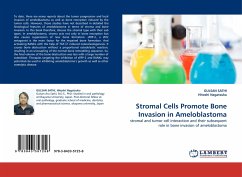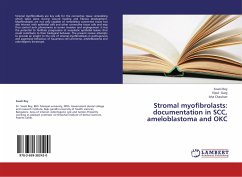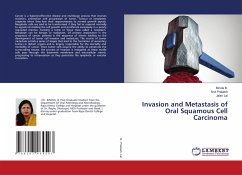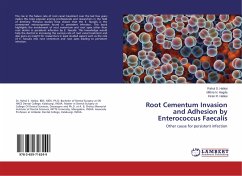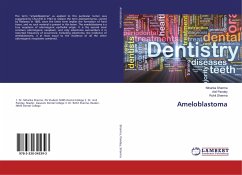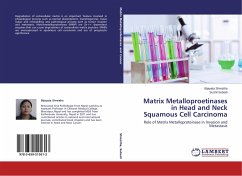To date, there are many reports about the tumor progression and local invasion of ameloblastoma as well as bone resorption induced by the tumor cells. However, those studies have not described in detailed the histological features of ameloblastoma in terms of stroma and bone invasion. In this book therefore, discuss the stromal type with their sub types. In ameloblastoma, stroma acts not only in bone resorption but also causes suppression of new bone formation. sFRP-2, a Wnt antagonist is the main factor for the impaired bone formation. And activating RANKL with the help of TGF- 1 induced osteoclastogenesis. It causes bone destruction without a proportional osteoblastic reaction, resulting in an uncoupling of the normal bone remodeling sequence. So, the final volume of the bone destruction was less with a large number of osteoblast. Therapies targeting the inhibition of sFRP-2 and RANKL may potentials be used in inhibiting ameloblastoma's growth as well as other osteolytic disease
Bitte wählen Sie Ihr Anliegen aus.
Rechnungen
Retourenschein anfordern
Bestellstatus
Storno

